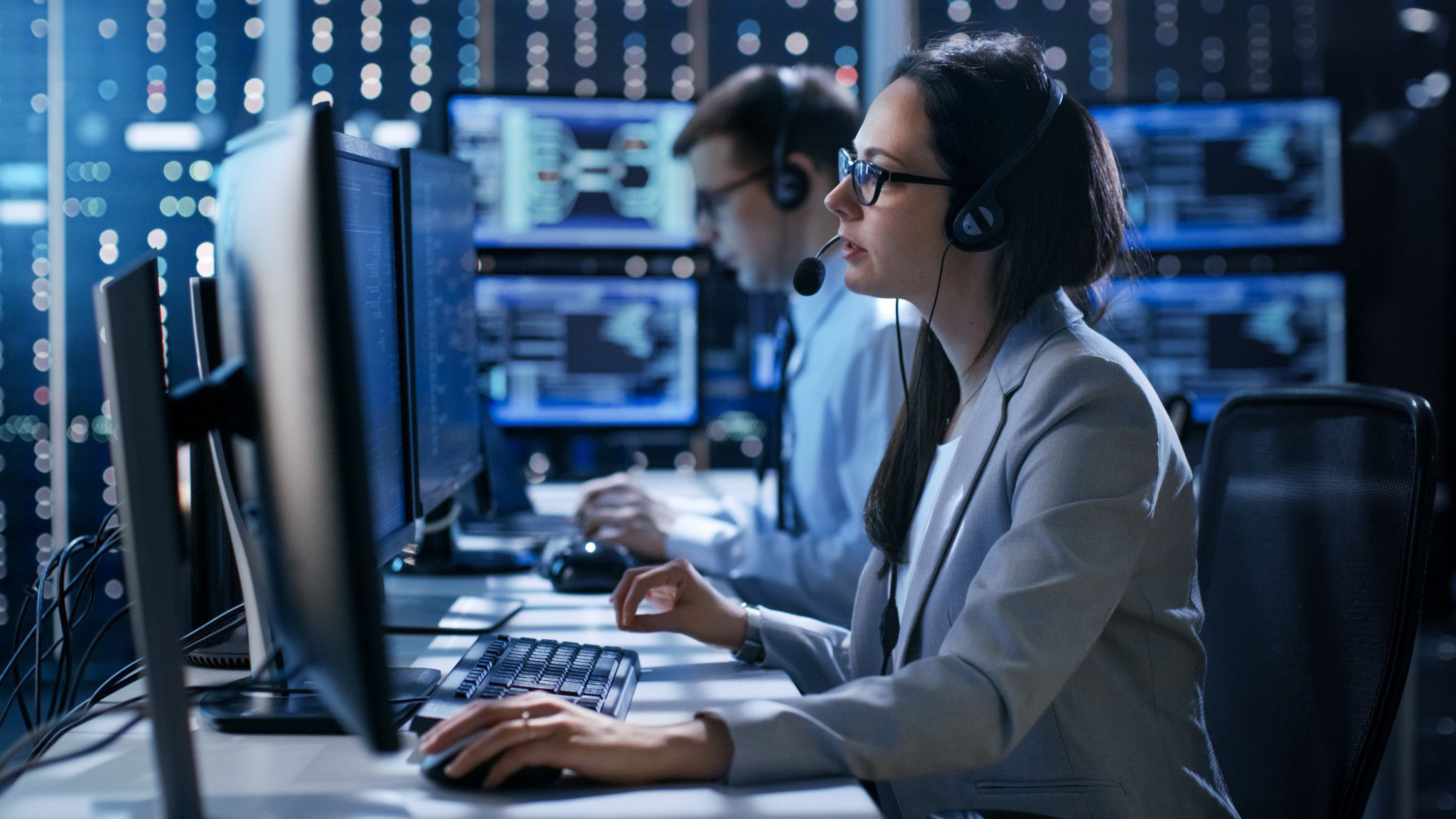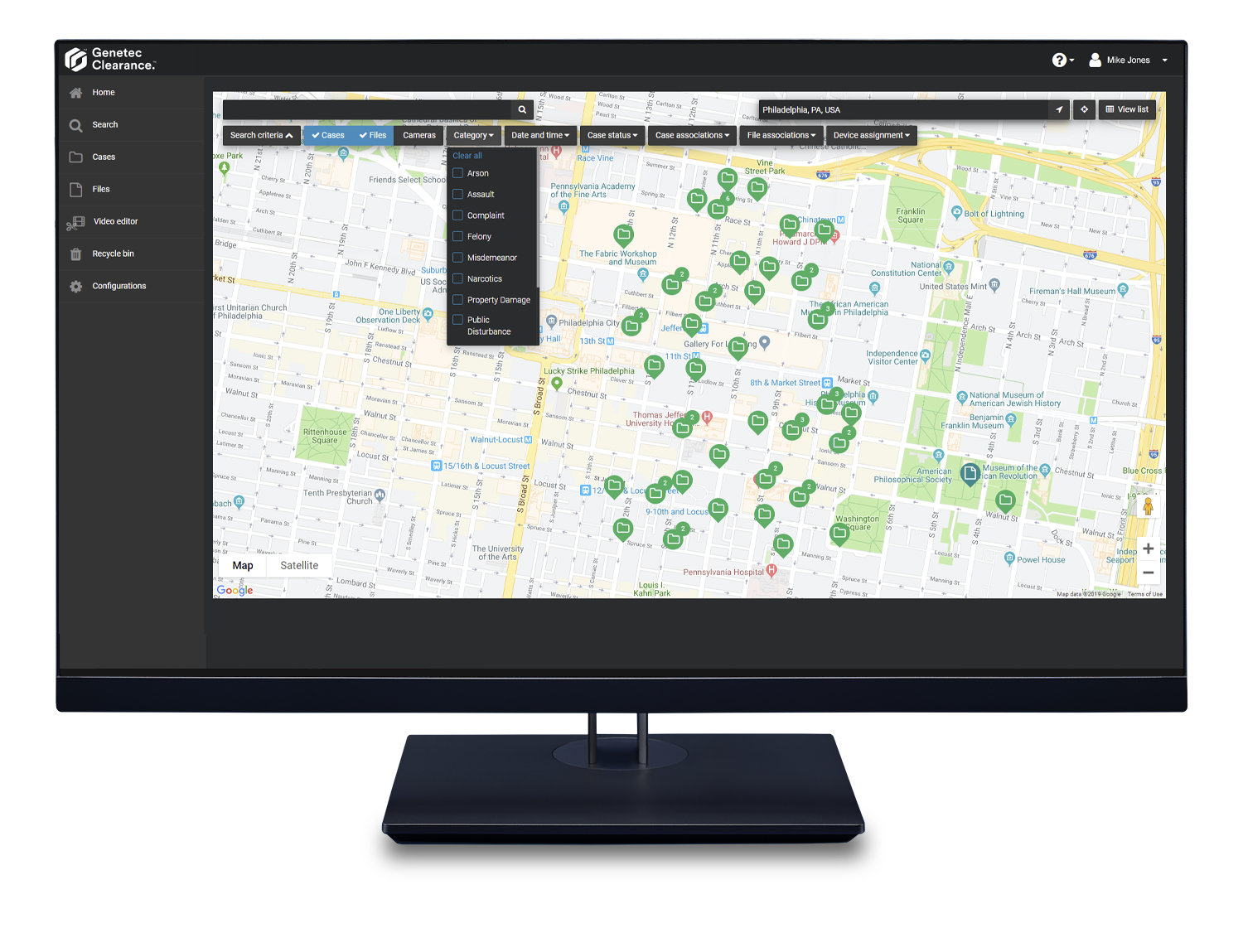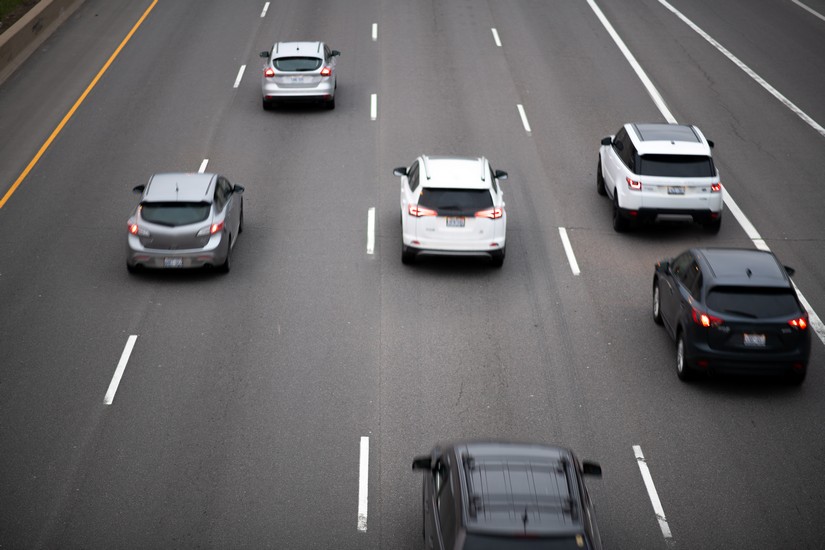2020 has been a year of financial crisis, as the pandemic spread across the globe, but the security industry has shown its creativity and resilience in redeploying solutions and ensuring work continuity. Daniel Lee, MD, APAC at Genetec shares how technology will continue to play a strategic role in post-pandemic times.
Pandemic-related economic factors are likely to continue to present challenges across many industries in the New Year. While the current situation has certainly taken the world by surprise, the security industry excels at planning for the unexpected and is resourceful in times of crisis. However, at a time when budgets are tight, many businesses, cities, critical infrastructure and transportation agencies need to be creative about how they use, update and redeploy their security systems across their organizations.
 Daniel Lee, MD, APAC,
Daniel Lee, MD, APAC,
Genetec
When thinking more broadly about the role of physical security and what it can do beyond traditional applications to deliver more value, organizations need to think beyond the immediate challenges posed by the pandemic. They need to work to ensure that their investments not only solve today’s problems, but also continue to play a strategic role even once the pandemic is finally in the rear-view mirror.
Managing occupancy

One of the first challenges created by the pandemic, and one that is likely to stay with us for some time, is the need to know exactly how many people are in a building at any given time. When COVID-19 first appeared, many organizations used manual people-counting. This involved having an employee sit at the entrance with a clicker. In addition to being incredibly inefficient, it also increased the risk of transmission between the counter and building visitors. Manual counting is imprecise first and foremost because humans are prone to error. In order to get an accurate read on how many people are in a building, counts need to be made of all those entering and exiting, thus multiplying the likelihood of errors. Additionally, and even if manual counting is reasonably accurate, it provides no way of knowing where people are as they move through a building.
Many security professionals are hesitant to deploy entirely new solutions that may or may not stand the test of time. However, if you already have a physical security system built on open architecture components, you are better prepared to meet these evolving challenges. For example, when it comes to addressing health and safety requirements related to COVID-19, an occupancy management solution can be easily deployed on an existing system to standardize, digitize, and automate SOPs (Standard Operating Procedures). And, as the environment and the nature of the threat changes, you can update your SOPs to support the latest requirements.
An occupancy management solution such as the
Genetec Occupancy Management Package uses the cameras already deployed in a physical security system to generate real-time data that video analytics can use in a variety of ways. For example, when the number of people in a given building reaches a certain threshold, the solution can send a notification to operations staff to start streamlining the process of leaving the building or limiting the number of people entering. Reports can also be produced to demonstrate compliance with local measures.
Occupancy management solutions can also be used to inform other activities, like cleaning processes. In the past, cleaning was once done according to a preset schedule, now the system can notify the cleaning staff when to clean a bathroom based on the number of people who have used it.
Screening
Many organizations are unable to ensure individuals maintain a constant 6 feet of distance between them due to the nature of activities. To minimize the risks of outbreak, screening checkpoints are often established. Employees and visitors are then asked questions to help determine the risk of contagion they present. But manual tracking slows down screening, disrupting business, and like manual counting it is highly error prone.
Customers across several industries including airports, critical infrastructure organizations and security departments have deployed Genetec
Mission Control, the decision support system for Genetec Security Center, to help automate the screening process for employees and visitors entering facilities. Using Mission Control, organizations can easily digitize the screening questionnaire. The system then walks personnel through each step, identifying individuals requiring additional screening. It also centralizes the data collected and automates notification to supervisors, leading to a faster process that minimizes the operational disruption.
Supporting contact tracing

Increasingly, we’re seeing that occupancy management is more than just counting people coming and going. Through the pandemic, we have come to recognize the importance of knowing who was where, when throughout our facilities.
We know that, if a person tests positive for COVID-19, everyone who has come in close contact with that individual should be notified. This would allow those who have potentially been exposed to the virus to monitor their symptoms, get tested, and self-isolate as required. But this can be incredibly difficult, if not impossible, in the case of large buildings or venues, particularly if you’re only counting people at the main entrance.
A unified security platform combined with a flexible reporting module can help. By bringing together access control events with metadata from multiple sources, including LIDAR and video analytics, and then generating reports, this set-up can mitigate the spread of the virus by supporting contact tracing.
Early on in the pandemic, Genetec responded to a customer request by developing a
“Contagion/Contaminant Proximity Report” that can be generated if an employee or visitor tests positive. With a single click, an operator can see which doors that person had accessed. The activity report provides a list of all of individuals who went through the same doors within a defined window. The report also links any associated video footage. This allows operators to see who may have been in contact with the infected individual to generate a list of people who may have been exposed even if they did not use their credentials to access a door. This type of forensic analysis can be extremely beneficial to organizations seeking to use technology they already have to better protect employees, visitors, and the broader community.
Sharing evidence in the cloud

Avoiding physical contact is key to staying healthy these days. So, physically delivering and handing over paper reports, CDs, or other digital storage media can be risky. A solution such as the
Genetec Clearance cloud-based evidence management system, lets you avoid the physical hand-off to partners and speed up the transfer of critical information.
Managing travel restrictions with ALPR

To better enforce travel restrictions, cities and governments are turning to
automatic license plate recognition (ALPR) solutions. Some of our customers are using our ALPR technology to ensure that only medical staff or government authorities are on the roadways during a curfew. Others are restricting vehicle traffic by only allowing vehicles with a license plate ending in specific numbers to be on the road on specific days.
Maintaining personal privacy remains important

Of course, we cannot lose sight of the fact that many of these measures, including contact tracing, require seeing and sharing personal identifiable information, which has the potential to be an invasion of privacy. So, how do organizations keep people safe and informed without exposing personal information? The answer is deploying a video surveillance system that provides the ability to automatically
blur faces or objects during both live and recorded video.
Then, organizations can enable authorized personnel to see those faces only when absolutely required. This means, for example, that security operators monitoring live feeds or reviewing stored footage see figures whereas supervisors or other authorized personnel see identifiable information.
Preparing for the future, whatever it may be
The security industry has been challenged in unpreceded ways during the pandemic and security professionals were pulled into the forefront during this crisis, showing extraordinary resilience and resourcefulness. They have been able to repurpose and adapt their business models and leverage their existing security infrastructure to meet some of the new challenges created by the pandemic with video analytics such as people counting, occupancy management, ensuring that hand washing and mask-wearing guidelines are being observed, and much more. This crisis has given the security industry an opportunity to redefine its role and value proposition. During this crisis, security leaders are consistently showing that physical security investments are not just a cost of doing business, but a true strategic value-add to the organization.